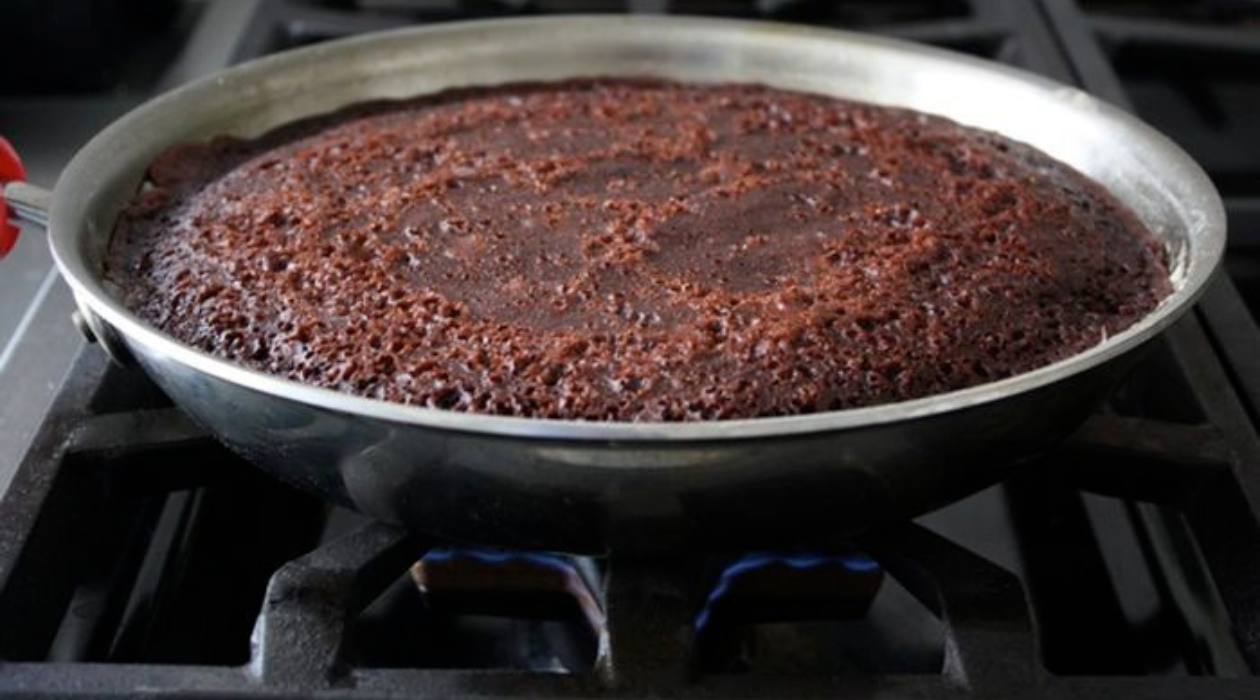

Articles
How To Bake A Cake On Stove Top
Modified: August 25, 2024
Learn how to bake a delicious cake on the stove top with our informative articles. Master the art of stove top baking and impress your friends and family.
(Many of the links in this article redirect to a specific reviewed product. Your purchase of these products through affiliate links helps to generate commission for Storables.com, at no extra cost. Learn more)
Introduction
Who doesn’t love a delicious homemade cake? The aroma of freshly baked cake wafting through the kitchen is enough to make anyone’s mouth water. But what if you don’t have an oven? Don’t fret! You can still satisfy your cake cravings by baking a cake on the stove top. Yes, you read that right! With a few simple steps and the right tools, you can create a moist and fluffy cake without the need for a traditional oven.
In this article, we will guide you through the process of baking a cake on the stove top, from choosing the right pan to decorating and serving the final product. So, let’s put on our aprons, gather our ingredients, and get ready to embark on this delicious journey of stove top cake baking!
But before we dive into the nitty-gritty details, it’s important to note that baking a cake on the stove top requires some careful attention and patience. The cooking times may vary depending on the type of stove you have and the specific recipe you’re using. However, with a little practice and experimentation, you’ll soon become a stove top cake baking pro.
So, whether you’re a baking enthusiast without an oven or simply looking to try something new, get ready to impress your friends and family with a homemade stove top cake. Get your mixing bowls ready, and let’s get started!
Key Takeaways:
- You don’t need an oven to enjoy a delicious homemade cake! With the right pan, preparation, and patience, baking a moist and fluffy cake on the stove top is a rewarding and achievable culinary adventure.
- From choosing the right pan to decorating and serving, stove top cake baking is a creative and satisfying alternative to traditional oven baking. Embrace the process, experiment with flavors, and impress your loved ones with your homemade stove top cake!
Read more: How To Bake On The Stove Top
Choosing the Right Pan
When it comes to baking a cake on the stove top, choosing the right pan is crucial. The type of pan you use will affect how your cake cooks and the final result. Here are a few factors to consider when selecting a pan for stove top cake baking:
- Material: Opt for a heavy-bottomed pan that distributes heat evenly. A stainless steel or cast iron pan is ideal for stove top baking. Avoid pans with non-stick coatings as high heat can damage the coating.
- Size: The size of the pan will depend on the recipe. Ensure that the pan is large enough to accommodate the cake batter without overflowing. A 9-inch round pan or 8-inch square pan is typically suitable for most cake recipes, but adjust the size accordingly if needed.
- Handles: Look for a pan with sturdy handles that can withstand the heat of the stove top. These handles will make it easier to transfer the pan in and out of the stove.
- Lid: While not essential, a pan with a lid can be beneficial for trapping heat and creating a more oven-like environment for baking. If your pan doesn’t come with a lid, you can cover it with a large plate or foil.
- Elevation: Consider using a trivet or placing a ring or coil on the burner to elevate the pan slightly. This will help to prevent direct heat contact and ensure even cooking.
Remember, the choice of pan may vary depending on the specific recipe you’re using, so always refer to the recipe instructions for any pan size or material recommendations. By selecting the right pan, you’ll set yourself up for success when it comes to baking a cake on the stove top.
Preparing the Stove Top
Before you start baking your cake on the stove top, it’s essential to properly prepare the cooking surface. Here are some steps to follow to ensure your stove top is ready for baking:
- Clean the Stove Top: Begin by giving your stove top a thorough cleaning. Remove any crumbs, spills, or grease that may be present. A clean cooking surface will ensure that your cake bakes evenly and doesn’t pick up any unwanted flavors.
- Choose the Right Burner: Select a burner that matches the size of your pan. Avoid using a burner that is larger than your pan, as this can lead to uneven heating. If using a gas stove, make sure the flame is set to a medium-low heat for even cooking.
- Use a Heat Diffuser: If you’re concerned about direct heat affecting the bottom of your cake, consider using a heat diffuser. This handy tool helps distribute heat evenly and minimize hot spots.
- Remove Any Distracting Objects: Clear the surrounding area of any items that may obstruct your cooking process. This includes pot handles, kitchen towels, and other flammable materials that may pose a safety risk.
- Protect the Stove: To prevent any drips or spills from damaging your stove, place a baking sheet or aluminum foil underneath the pan. This will catch any overflow and make cleanup easier.
By taking the time to properly prepare your stove top, you’ll create an optimal environment for baking your cake. With a clean surface, the right burner, and any necessary tools, your stove top will be ready to bring your cake recipe to life.
Assembling the Cake Ingredients
Now that your stove top is ready, it’s time to gather and assemble the ingredients for your stove top cake. The ingredients may vary depending on the type of cake you’re baking, but here are some common ingredients you’ll typically need:
- Flour: Choose the appropriate type of flour based on your recipe, whether it’s all-purpose flour, cake flour, or whole wheat flour.
- Sugar: Depending on your preference, you can use granulated sugar, brown sugar, or a combination of both.
- Leavening Agents: Baking powder and/or baking soda is usually required to help the cake rise. Check the recipe measurements for the correct amount.
- Salt: A small amount of salt enhances the flavor of the cake and balances the sweetness.
- Fat: This can be butter, vegetable oil, or another type of oil, depending on the recipe. The fat adds moisture and richness to the cake.
- Eggs: Eggs provide structure, moisture, and richness to the cake batter. Use the specified number of eggs mentioned in the recipe.
- Liquid: This can include milk, buttermilk, yogurt, or any other liquid mentioned in the recipe. The liquid adds moisture and helps bind the ingredients together.
- Flavorings: Vanilla extract, almond extract, or any other flavorings mentioned in the recipe can be added to enhance the taste of the cake.
Follow the recipe instructions carefully, measuring each ingredient accurately. It’s important to have all the ingredients prepared and measured before you start mixing the cake batter. Assemble them in separate bowls or containers for easy access during the mixing process.
Remember, the specific ingredients and measurements may vary depending on your chosen cake recipe. Always refer to the recipe instructions to ensure you have the correct amounts and types of ingredients for your stove top cake.
Mixing the Cake Batter
Now that you have all your ingredients assembled, it’s time to start mixing the cake batter. This step is crucial for ensuring your cake turns out moist, fluffy, and delicious. Follow these steps to mix the cake batter for your stove top cake:
- Sift Dry Ingredients: Begin by sifting the dry ingredients together in a separate bowl. This helps to remove any lumps and ensures even distribution of leavening agents.
- Cream the Fat and Sugar: In a mixing bowl, cream the fat (butter or oil) and sugar together until light and fluffy. Use a hand mixer or stand mixer for this step, if available. The creaming process helps to incorporate air into the batter, resulting in a lighter texture.
- Add Eggs: Add the eggs one at a time, beating well after each addition. Be sure to scrape down the sides of the bowl to ensure all ingredients are well incorporated.
- Alternate Dry and Liquid Ingredients: Gradually add the sifted dry ingredients and the liquid ingredients (such as milk or buttermilk) to the mixing bowl, starting and ending with the dry ingredients. Mix on low speed until just combined, avoiding overmixing.
- Fold in Flavorings: If your recipe calls for any additional flavorings, such as vanilla extract or almond extract, carefully fold them into the batter using a spatula. Again, avoid overmixing.
It’s important to note that overmixing the batter can lead to a dense and tough cake. Mix the ingredients until they are just combined and there are no streaks of flour visible. This will result in a tender and moist cake.
Once your cake batter is mixed, set it aside and move on to preparing the pan for baking on the stove top. The next step is crucial for ensuring your cake cooks evenly and releases easily from the pan.
Read more: How To Store Baked Cake
Preparing the Pan for Baking
Before you pour your cake batter into the pan and start baking on the stove top, it’s important to properly prepare the pan to ensure your cake bakes evenly and doesn’t stick. Follow these steps to prepare the pan for baking:
- Grease the Pan: Start by greasing the inside of the pan using butter, oil, or cooking spray. This will prevent the cake from sticking to the sides of the pan as it bakes.
- Add a Parchment Paper Round: Cut out a round piece of parchment paper to fit the bottom of the pan. Place it on top of the greased surface. This will help the cake release easily from the pan after baking.
- Dust with Flour: Sprinkle a small amount of flour over the greased surface. Tilt and rotate the pan to evenly distribute the flour, coating the sides and bottom. Tap out any excess flour.
- Optional: Line with Cake Strips: If you have cake strips, which are long strips of cloth soaked in water and wrapped around the sides of the pan, you can use them to create a more even bake and prevent domed cakes. Secure the cake strips tightly around the pan, ensuring they are snug and in place.
Once the pan is prepared, pour the cake batter into it, spreading it evenly. Smooth the top with a spatula to ensure an even surface. With your pan properly prepped and your cake batter ready, it’s time to move on to baking the cake on the stove top.
Use a heavy-bottomed pan to ensure even heat distribution. Place a heat diffuser under the pan to prevent direct heat. Keep the heat low and check the cake frequently to avoid burning.
Baking the Cake on Stove Top
Now comes the exciting part – baking your cake on the stove top! Follow these steps to ensure a successful bake:
- Place the Pan on the Stove: Place the prepared cake pan on the stove top burner that matches the size of the pan. Make sure it is centered and stable.
- Cover the Pan: If your pan comes with a lid, cover it. If not, you can use a large plate or aluminum foil to cover the top. This helps to create an oven-like environment and trap the heat for even cooking.
- Heat on Medium-Low: Set the burner to medium-low heat to start. This is a gentle heat setting that allows the cake to cook slowly and evenly.
- Maintain Consistent Heat: Monitor the heat throughout the baking process to ensure it stays at a consistent level. Adjust the heat as needed to maintain a gentle, steady heat.
- Avoid Disturbing the Pan: Once the cake is on the stove top, avoid lifting the lid or rotating the pan too often. This can cause fluctuations in temperature and disrupt the baking process.
- Baking Time: The baking time on the stove top can vary depending on your recipe and the size of the pan. As a general guide, start with a baking time similar to what the recipe would suggest for baking in an oven. Keep a close eye on the cake and use a toothpick or cake tester to check for doneness.
- Adjust Cooking Time: If the cake is browning too quickly on the bottom, you can place a heat diffuser or a baking sheet under the pan to distribute the heat more evenly.
Remember, the baking time may vary depending on your stove top and the specific recipe you’re using. Be patient and keep checking for doneness until a toothpick inserted into the center of the cake comes out clean or with a few moist crumbs.
Once your cake is fully baked, it’s time to check for doneness and remove it from the pan.
Checking for Doneness
Checking for doneness is a crucial step in ensuring that your stove top cake is perfectly baked. Here are a few methods to determine if your cake is done:
- Toothpick Test: Insert a toothpick or cake tester into the center of the cake. If it comes out clean or with just a few crumbs clinging to it, the cake is done. If there is wet batter on the toothpick, continue baking for a few more minutes.
- Finger Press Test: Gently press the top center of the cake with your finger. If it springs back and feels firm, the cake is likely done. If your finger leaves an indentation, bake for a little longer.
- Visual Inspection: Look for a golden brown color on the top of the cake. The edges of the cake should pull slightly away from the sides of the pan. If the cake looks set and the center no longer jiggles, it is usually a good indicator that it is done.
- Temperature Check: If you have an instant-read thermometer, insert it into the center of the cake. The internal temperature should reach around 205°F (96°C) for most cakes.
Remember, oven temperatures can vary, so it’s important to rely on these doneness tests rather than solely relying on the recommended baking time. If the cake is not quite done, continue to bake it on the stove top for a few more minutes, checking for doneness frequently.
Once your cake is fully baked, it’s time to carefully remove it from the pan and prepare it for decorating and serving!
Removing the Cake from the Pan
Now that your stove top cake is baked to perfection, it’s time to remove it from the pan. Follow these steps for a successful cake release:
- Cooling Time: Allow the cake to cool in the pan for about 10-15 minutes. This will help it set and make it easier to handle.
- Loosen the Edges: Take a butter knife or offset spatula and gently run it along the edges of the pan to loosen the cake. This will help prevent any sticking.
- Flip It: Place a large plate or wire cooling rack over the top of the cake pan. With one hand on the plate or cooling rack and the other hand on the bottom of the pan, carefully flip the pan upside down to release the cake onto the plate or cooling rack.
- Remove the Pan: Lift off the pan, allowing the cake to gently release onto the plate or cooling rack. If using parchment paper, carefully peel it off from the bottom of the cake.
- Cool Completely: Allow the cake to cool completely before decorating and serving. This ensures that the cake structure is set and will prevent it from crumbling or falling apart.
Once your cake has completely cooled, you can move on to the exciting part – decorating and serving!
Note: If your cake seems to be sticking to the pan, you can try tapping the bottom of the pan or gently twisting it to help loosen the cake. You can also place a warm towel over the bottom of the pan to create some steam, which can help release the cake.
Read more: How To Bake A Cake In Electric Skillet
Decorating and Serving the Cake
Now that your stove top cake is baked, cooled, and ready to go, it’s time to let your creative side shine and decorate your masterpiece. Here are some ideas to consider when decorating and serving your stove top cake:
- Frosting: Choose your favorite frosting, such as buttercream, cream cheese, or ganache, and spread it evenly over the cooled cake. You can use a spatula or piping bag to create decorative designs if desired.
- Fruit Toppings: Fresh fruit, such as berries or sliced fruit, can add a burst of color and freshness to your cake. Arrange the fruit on top or around the edges of the frosted cake for an appealing presentation.
- Nuts and Sprinkles: Add some crunch and texture to your cake by sprinkling chopped nuts or colorful sprinkles on top. This can add visual appeal and an extra layer of flavor.
- Whipped Cream: Dollop some freshly whipped cream on each slice of cake just before serving. It adds a light and creamy touch that pairs well with many cake flavors.
- Serve with Ice Cream: For an indulgent treat, serve your stove top cake with a scoop of your favorite ice cream. The warm cake and cold ice cream complement each other perfectly.
Remember, decorating a cake is an opportunity to get creative and personalize it to your liking. You can experiment with different combinations of flavors, colors, and textures to make your cake truly unique.
When it comes time to serve your cake, use a sharp knife or cake server to cut clean slices. Place each slice on a dessert plate and garnish it with any remaining toppings or a dusting of powdered sugar. Sit back, enjoy, and bask in the satisfaction of your homemade stove top cake.
Whether you’re celebrating a special occasion or simply indulging in a sweet treat, sharing your freshly baked stove top cake with loved ones is sure to bring joy and delight to everyone at the table.
Conclusion
Congratulations! You have successfully learned how to bake a delicious cake on the stove top. This alternative method allows you to enjoy a homemade cake even without access to a traditional oven. With the right pan, proper preparation, and a little patience, you can achieve a moist and fluffy cake that will delight your taste buds.
Throughout this article, we discussed the importance of choosing the right pan, preparing the stove top, assembling the ingredients, mixing the cake batter, preparing the pan for baking, baking the cake on the stove top, checking for doneness, and removing the cake from the pan. We also explored different options for decorating and serving your stove top cake, allowing you to showcase your creativity and add a personal touch to your dessert.
Remember, stove top cake baking may require some practice and adjustments to get it just right. Each stove and recipe is unique, so don’t be discouraged if your first attempt isn’t perfect. Keep experimenting, learning, and refining your technique, and soon you’ll become a stove top cake baking pro.
So, the next time you’re craving a homemade cake but don’t have an oven at your disposal, don’t hesitate to try baking on the stove top. The delicious results will be worth the effort. Get ready to impress your friends and family with your newfound stove top baking skills!
Now go ahead, put on your apron, gather your ingredients, and let the aroma of a freshly baked stove top cake fill your home. Happy baking!
Frequently Asked Questions about How To Bake A Cake On Stove Top
Was this page helpful?
At Storables.com, we guarantee accurate and reliable information. Our content, validated by Expert Board Contributors, is crafted following stringent Editorial Policies. We're committed to providing you with well-researched, expert-backed insights for all your informational needs.
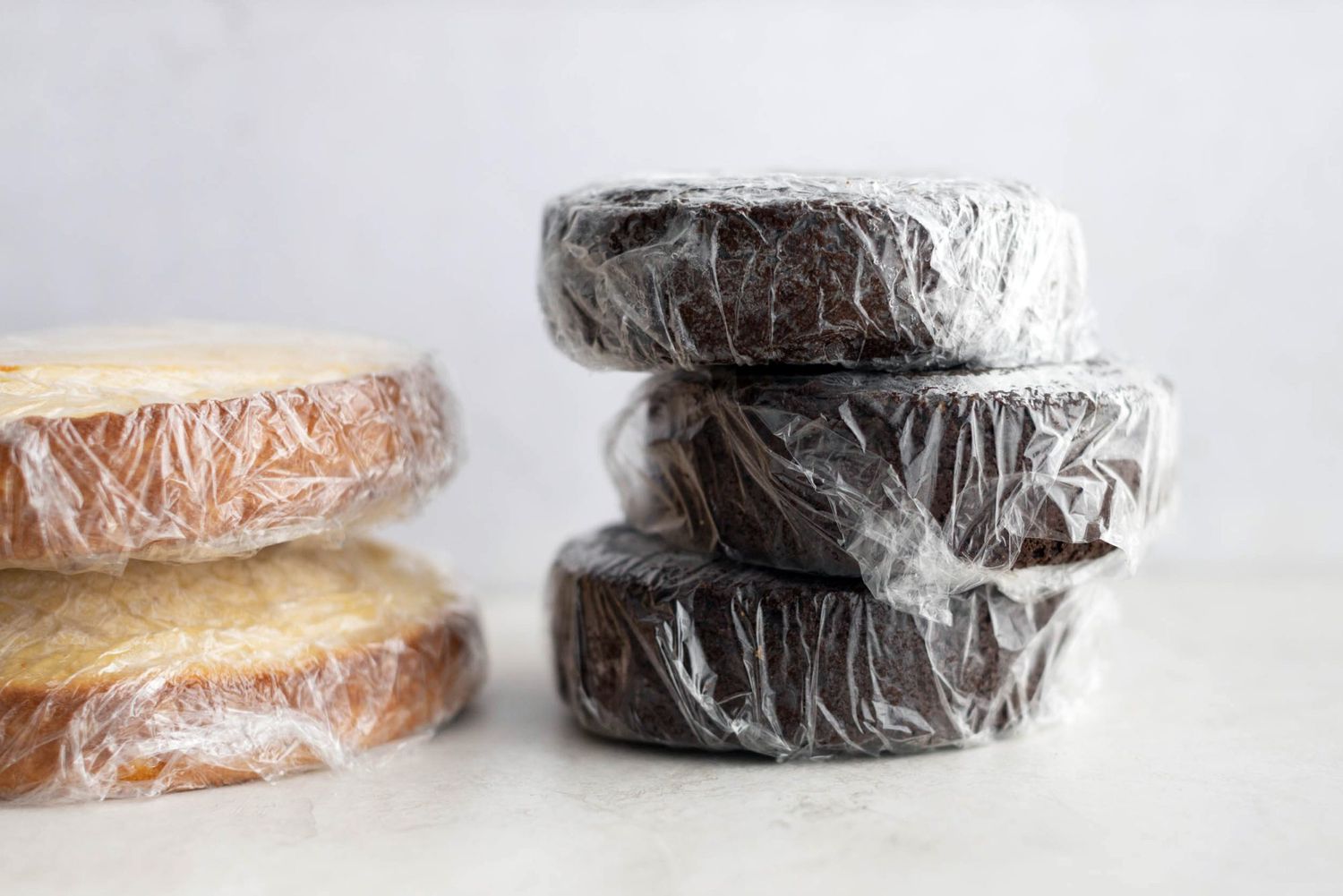
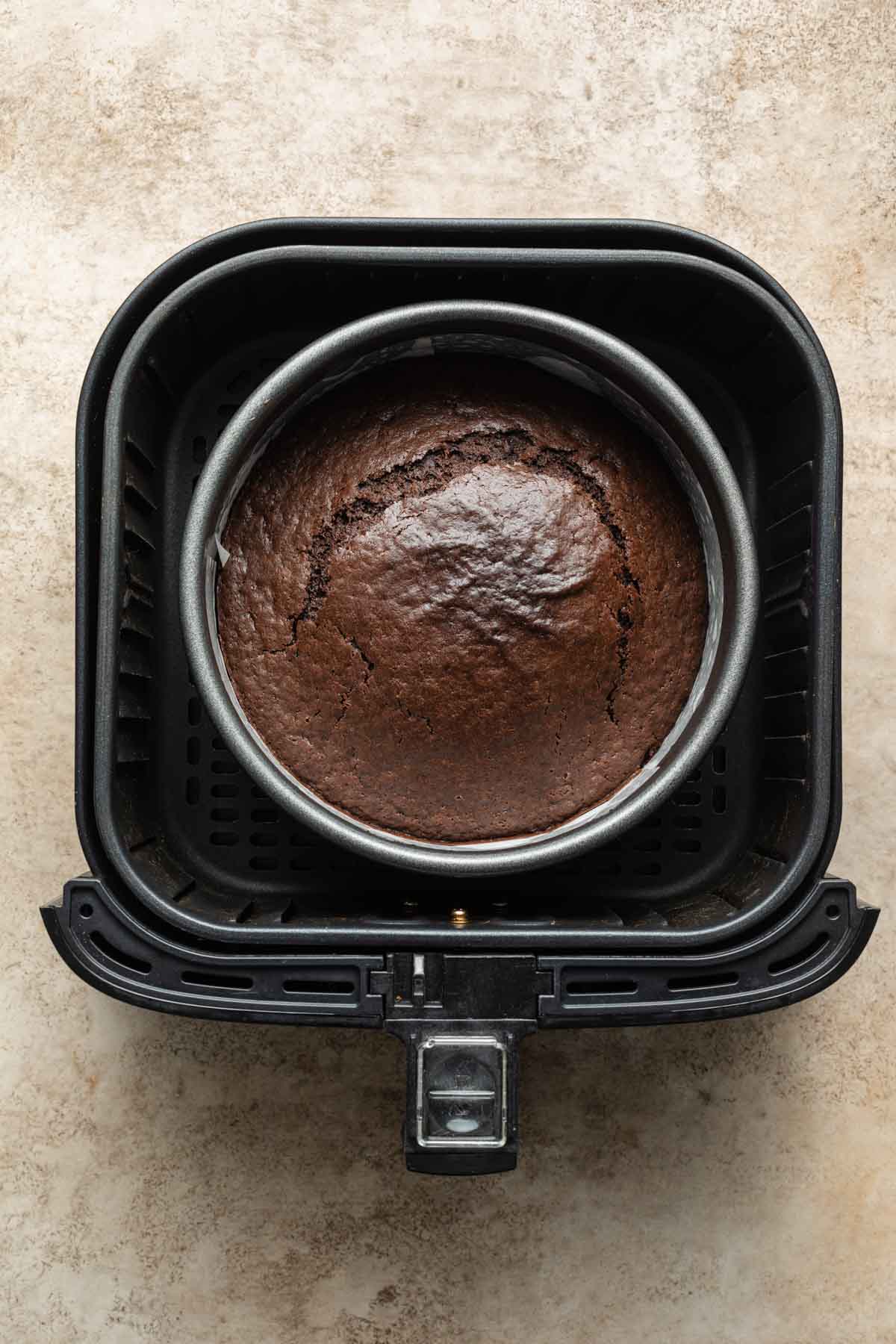
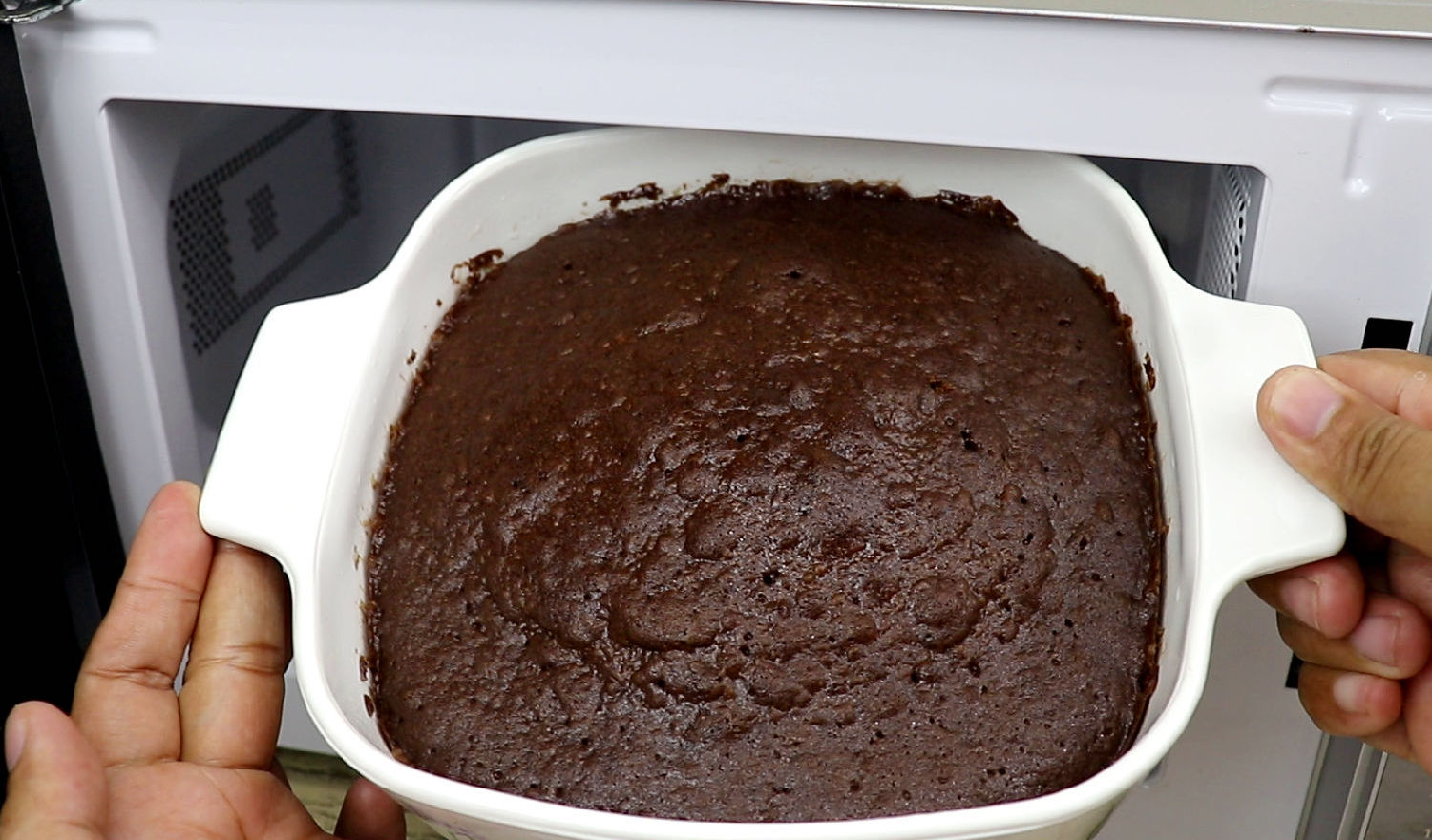
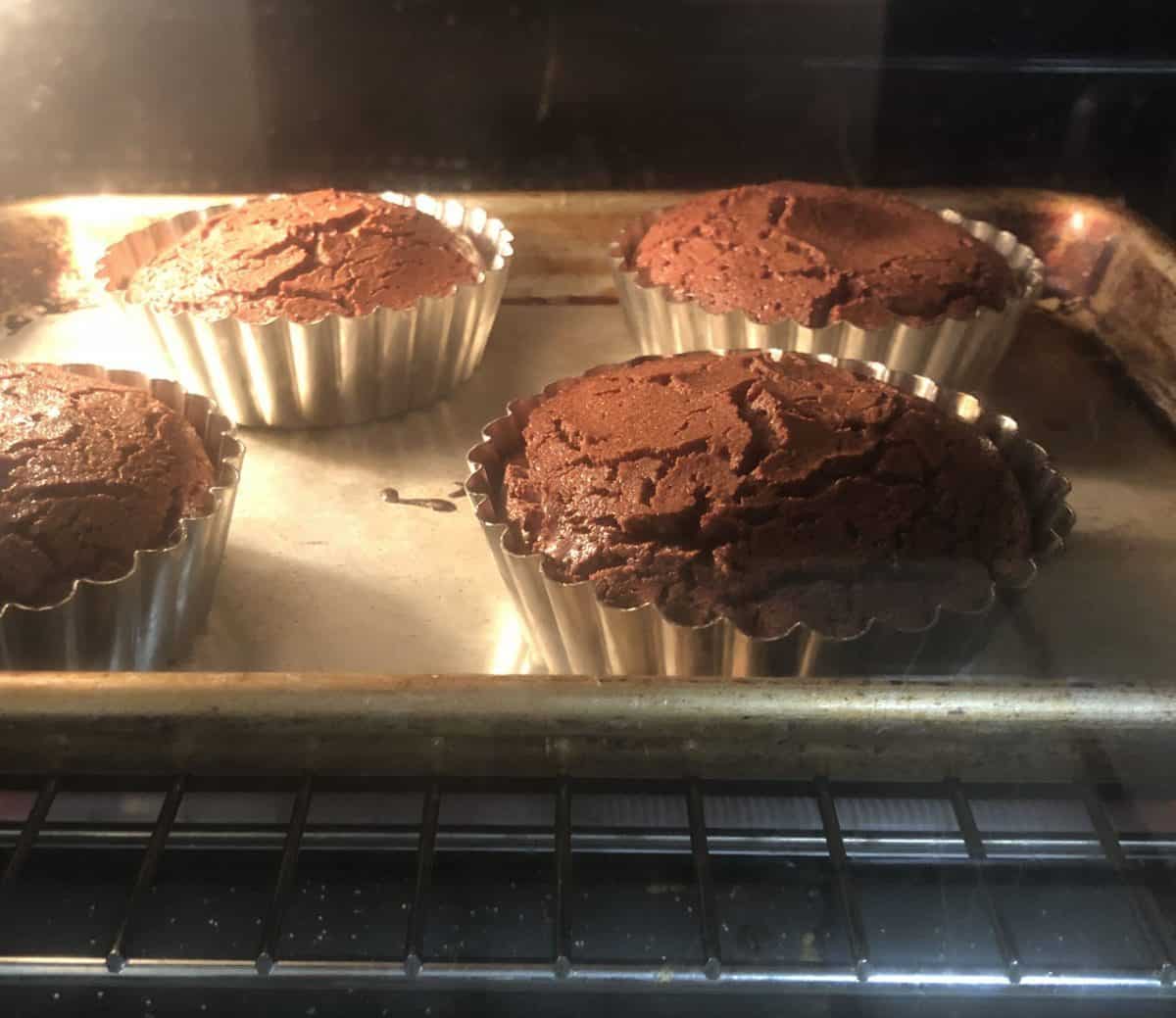
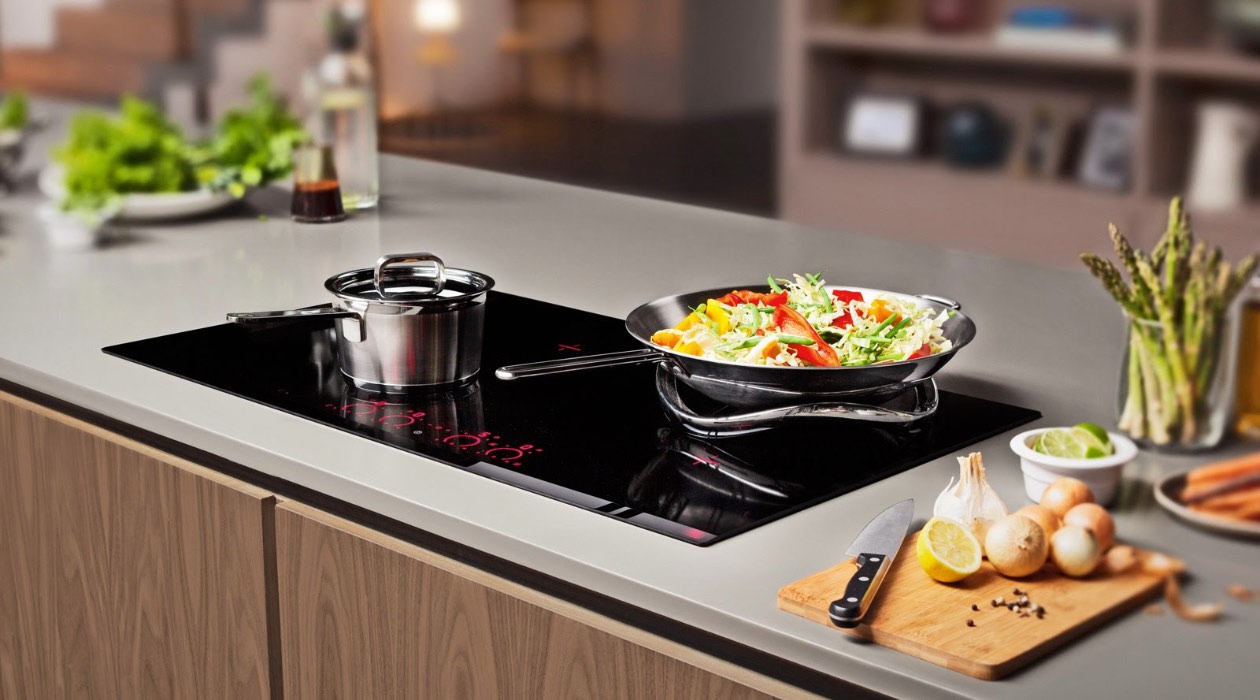
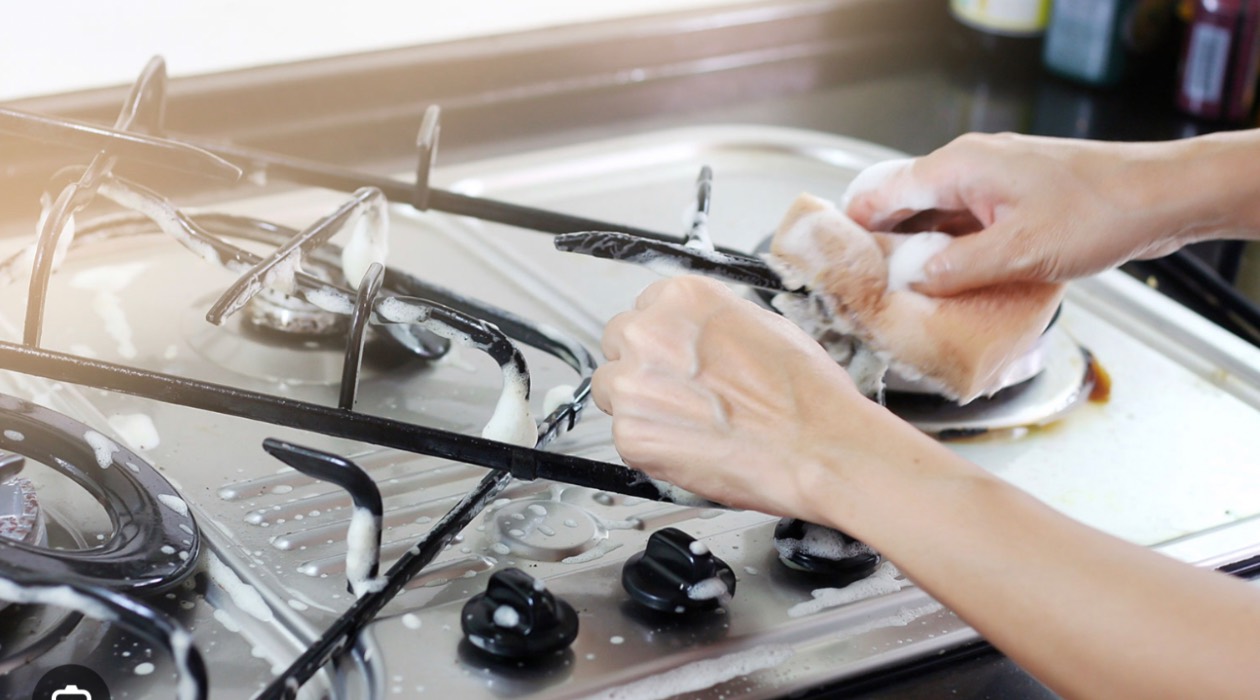
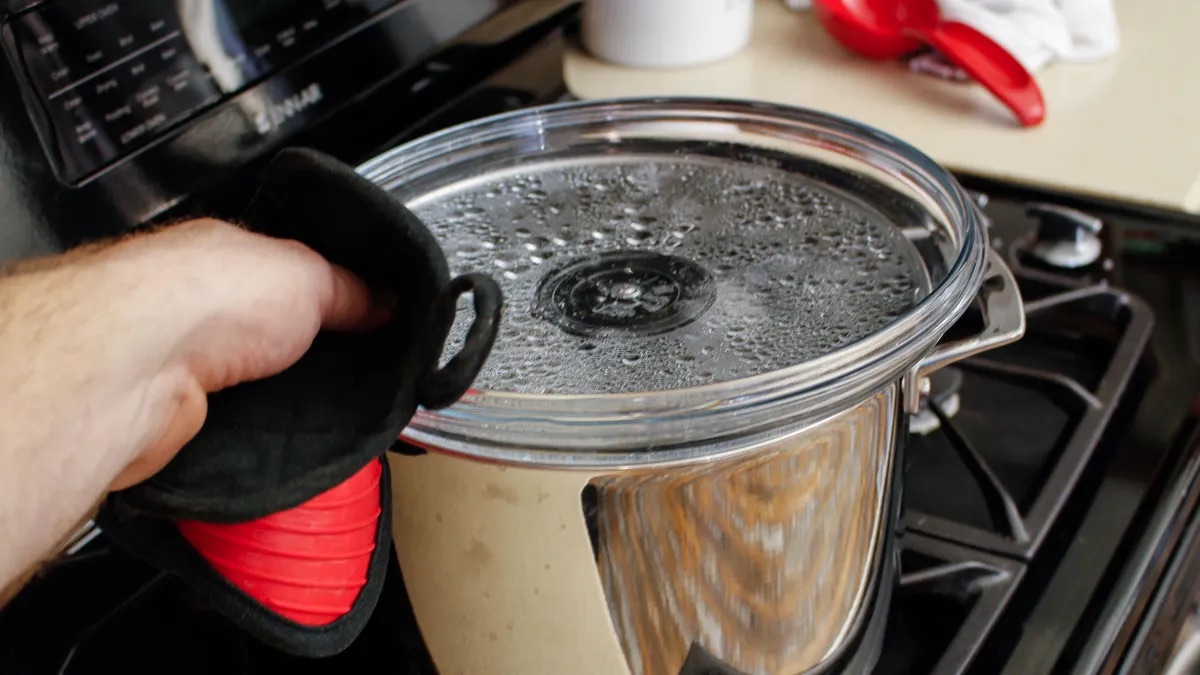
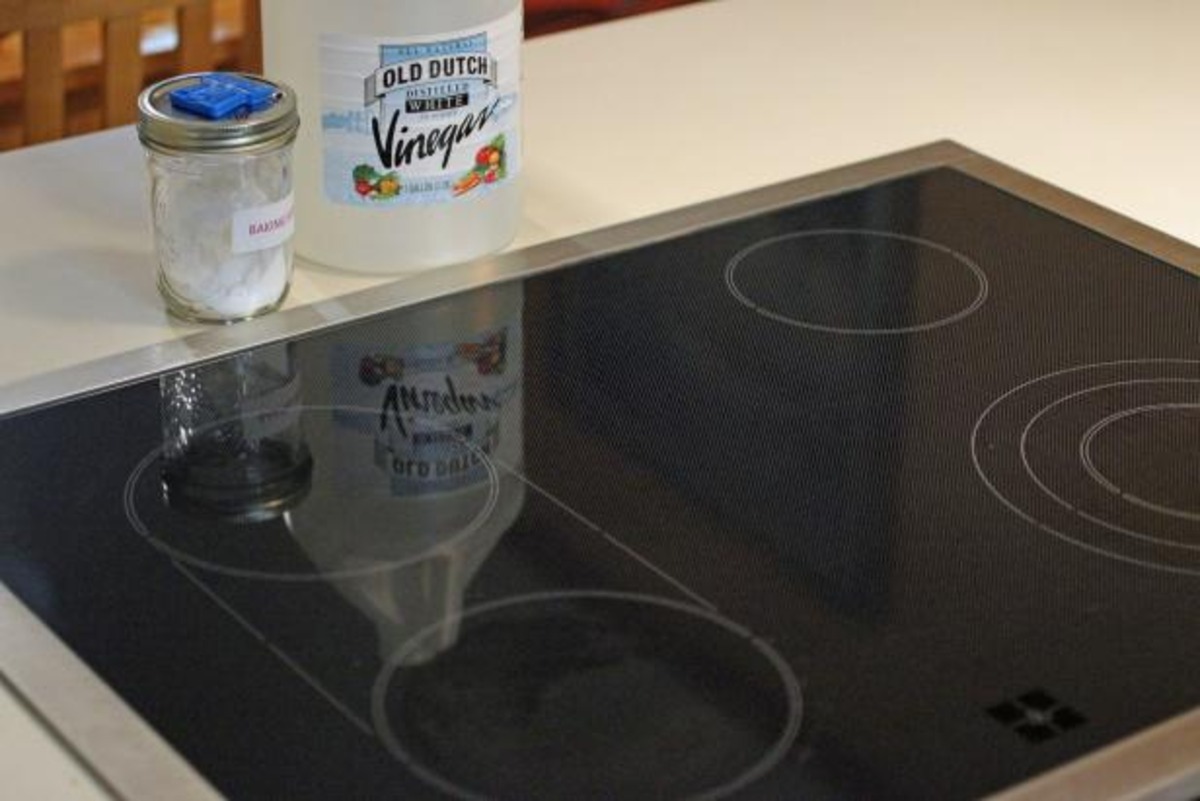
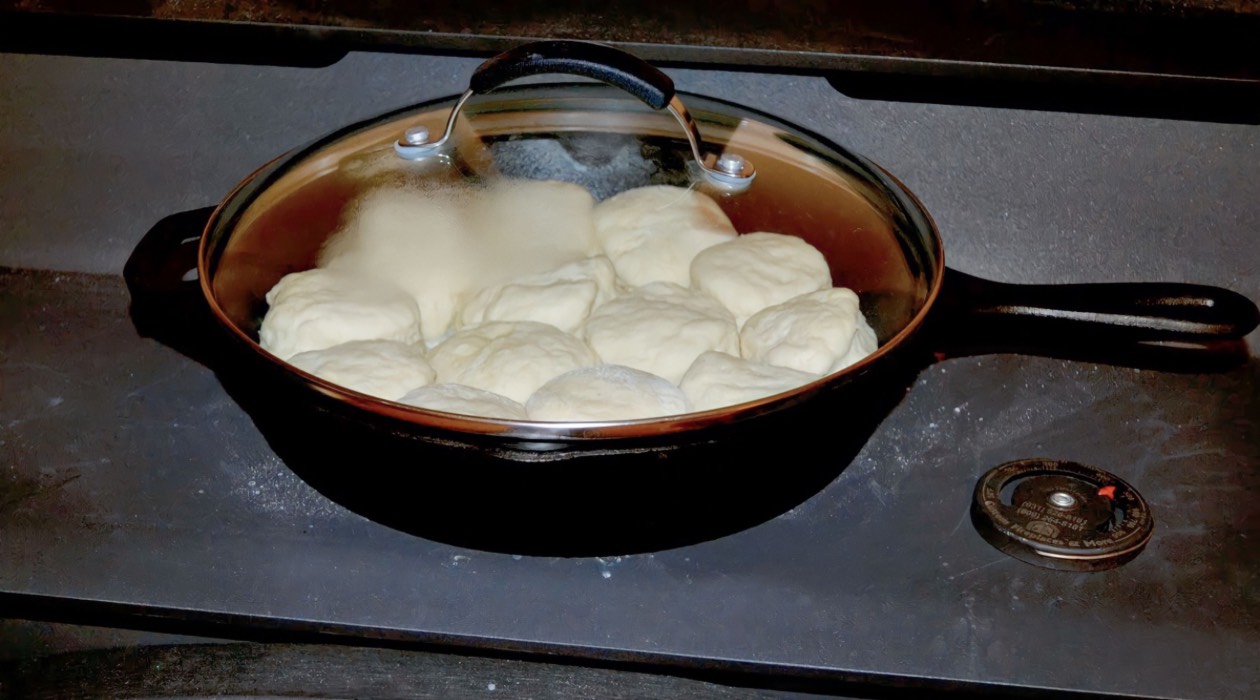
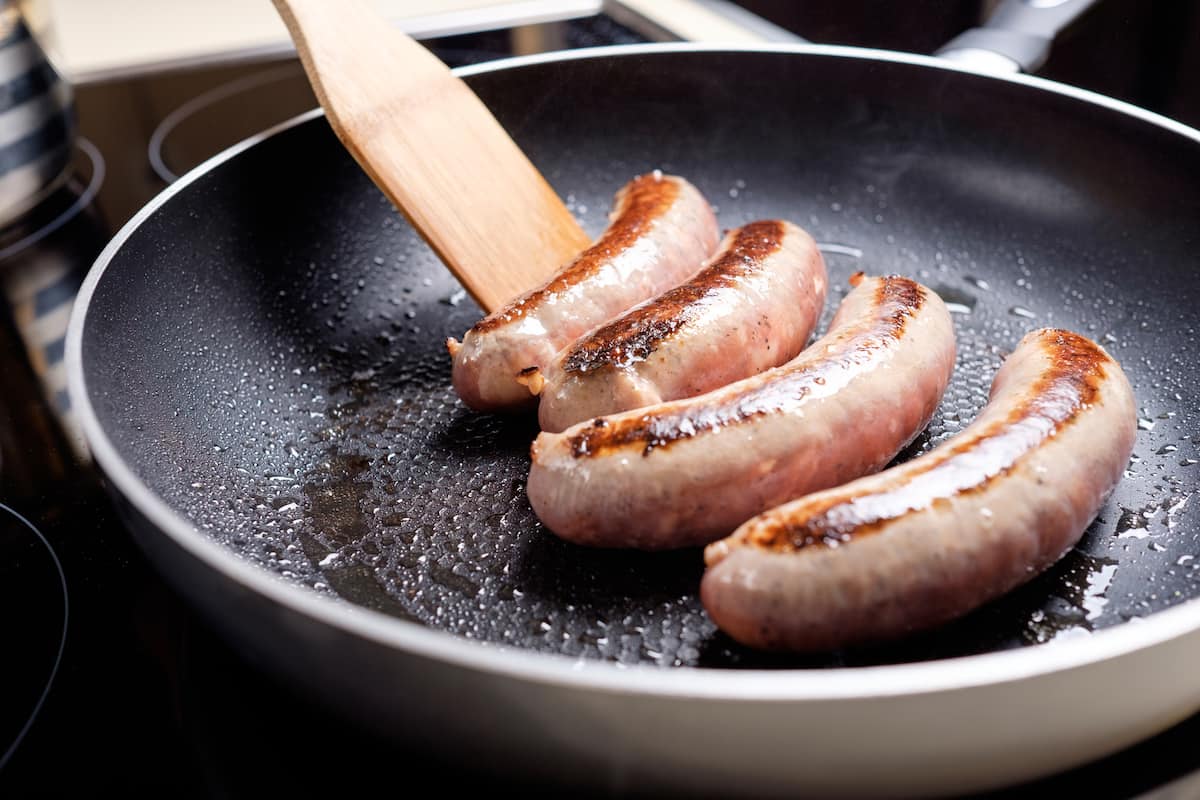
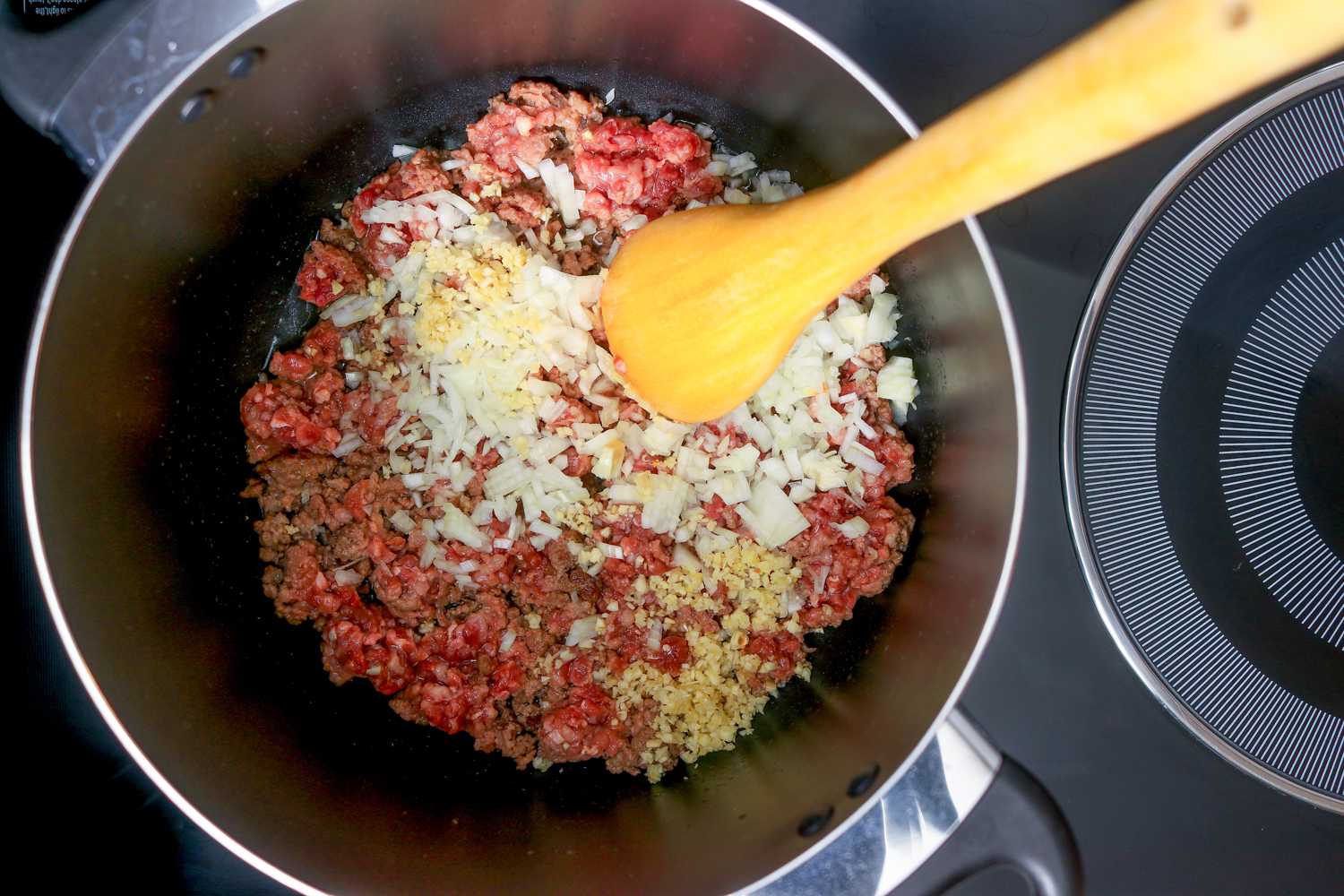
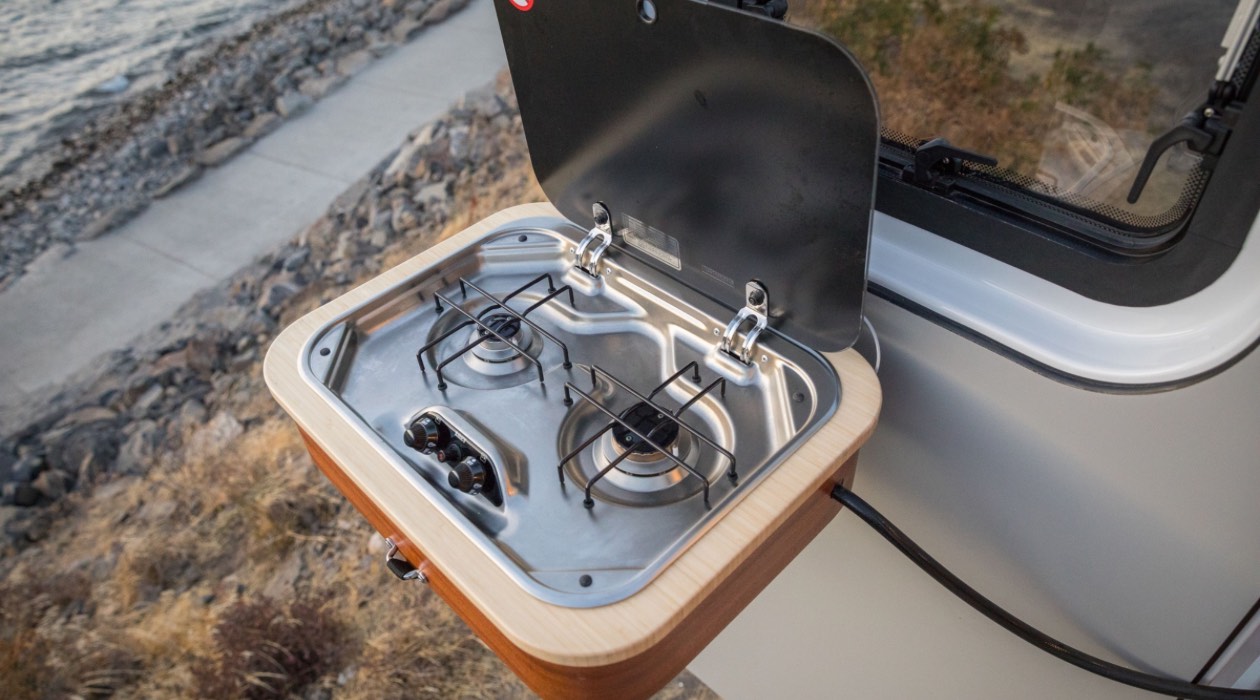
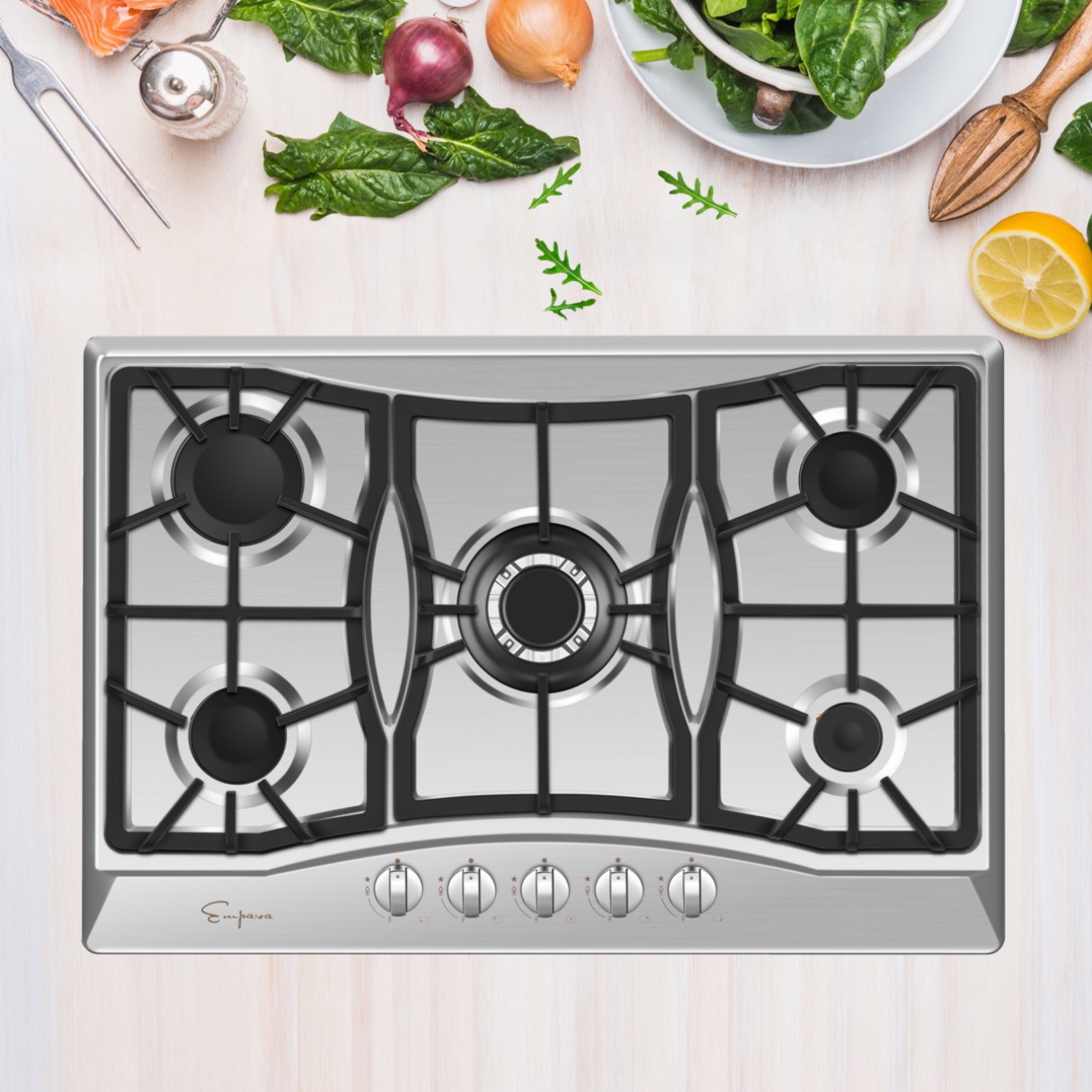

0 thoughts on “How To Bake A Cake On Stove Top”